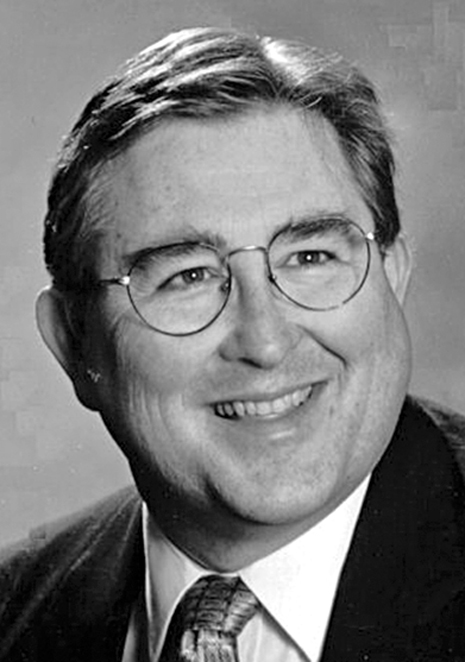By Danny Crownover
One of the most well-known oak trees in Gadsden was planted years ago by the City Beautiful Club. It was the first of many shrubs and trees planted by the club, which was organized by Mrs. J.M. Elliott and other civic-minded women of the city.
Donated by the late U.S. Congressman John L. Burnett, who died May 13, 1919, the tree stood many years as a beautiful memorial.
The tree was grown by the federal government at Washington, D.C., from an acorn of the famous Magna Carta Oak of Runnymede Meadow, England. It was under that tree’s branches that the barons of England forced King John the first to sign the Magna Carta, which was signed on June 15, 1215, and guarantees liberty and the right of free speech in the British empire. The right of trial by jury stemmed from the Magna Carta.
The Magna Carta Tree was planted in the old Etowah County Courthouse yard located on the southwest corner of Locust and Fourth Street when the first plants were put out by the City Beautiful Club. The area was enclosed by a steel fence and had a sign reminding visitors that the Magna Carta was used as basic for all the laws in the United States.
The tree was a sturdy, rugged and tough-looking specimen, entirely unlike any native oak. Its bark, limbs and leaves are very different from others from this area, and its huge acorns are like nothing of the kind anywhere in the nation.
The acorn it bears is a curiosity. One third of the kernel is exposed, the remaining being encased in a basket like shell with the upper moss hanging over the sides. The bark of the tree is thick and heavy, and the foliage is quite different from any oak in this country. Its foliage was similar to that of oaks in the county but not exactly like any of them.
Back in 1940, local historian Will I. Martin picked up a few acorns from the Magna Carta historic tree because the likes of them had never been seen before in this part of Alabama. He had the idea of passing them around to those who wished to plant them and try to raise more of the trees. It is not known if any of those who received an acorn succeeded in the project. If they did, many people today wish to know about it.
Around the time when the tree was full of acorns, the tree was about eight inches in diameter at its base. In 1946, it had grown 12 inches in diameter.
In 1951, demolition began on the old 1890 Etowah County Courthouse that sat on the northwest corner of Broad and Fourth streets. During that same year, the Magna Carta Oak tree was transplanted to the back and west side of the new courthouse location.
Unfortunately, the tree eventually was attacked by some sort of disease. The decayed portions were cut away and doctored. It was hopeful that the treatment would be successful in the long run. The late local historian Jerry Jones told The Vagabond that a parking area was later built nearby, and the asphalt eventually killed the tree.
Interestingly, research has revealed that the Magna Carta Oak is not an oak at all but an ancient native plant of England called an Ankerwycke Yew. The Magna Carta tree yew today is situated on lands managed by the National Trust.
The original Magna Carta tree is at least 1,400 years old and could be as old as 2,500 years old and perhaps over 4,000 years old. The tree is said to be the location where Henry VIII courted Anne Boleyn in the 1530s.
Writers during the 13th century used the word “oak” or “evergreen oak,” confusing it with the yew tree since the yew fruits bear some similarity to small acorns. The Vagabond has discovered that cuttings from the original Magna Carta tree can be found. Getting these cuttings is far from simple, as the process of obtaining then could take as long as a couple of years.





